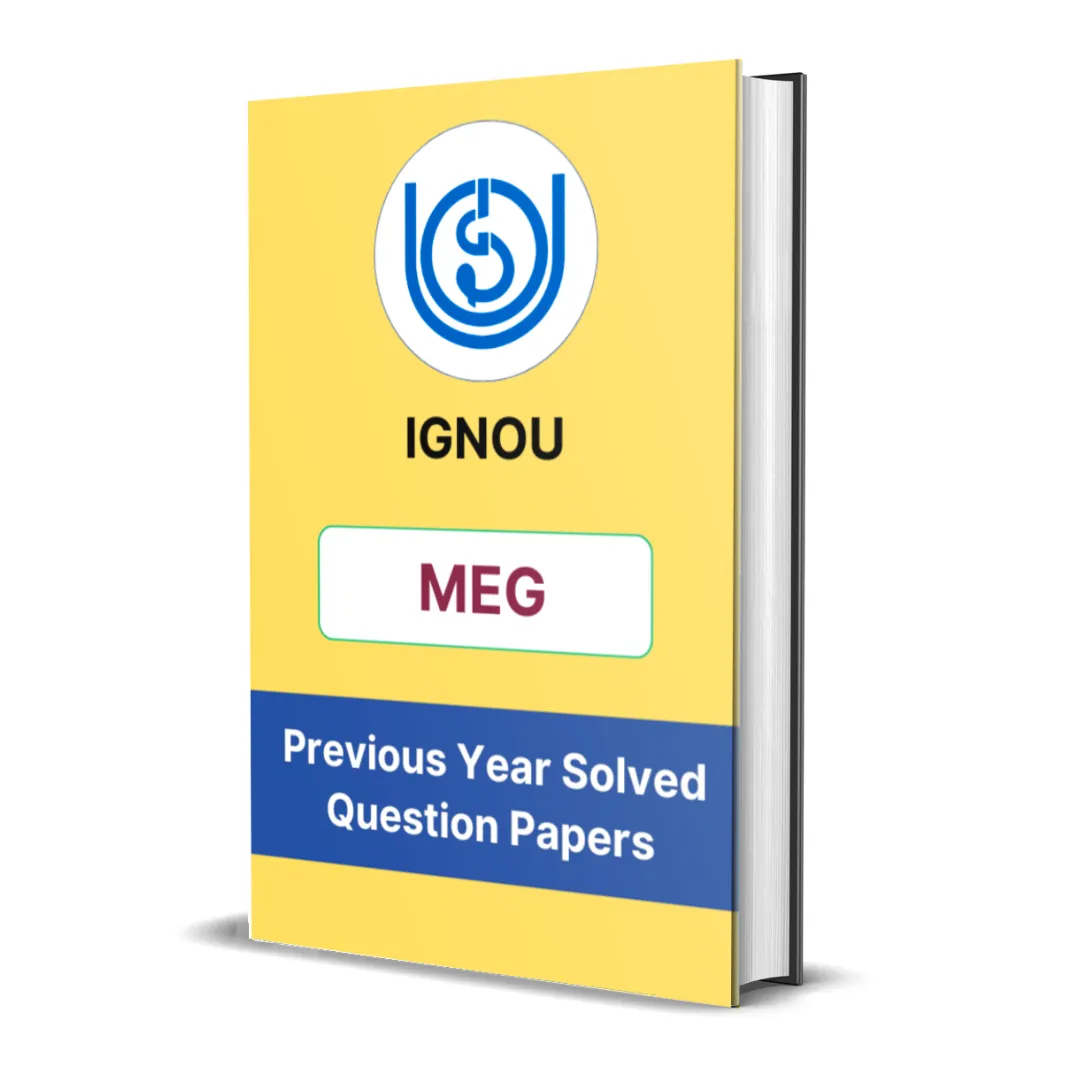Here you will get the detailed summary of IGNOU MEG 13 Block 4 – Drama and Short Fiction.
We have provided the summary of all units starting from unit 1 to unit 4.
Introduction
IGNOU MEG-13 Block 4 focuses on Dalit drama and short fiction, two genres that powerfully depict the lived realities of caste-based oppression. While earlier blocks explored autobiography and poetry, this section delves into how dramatic and narrative fiction forms provide new avenues for articulating Dalit consciousness. The block examines both Datta Bhagat’s play “Routes and Escape Routes” and four short stories by Dalit writers that portray everyday caste violence, psychological trauma, and social exclusion. Each work functions as both a literary and political act, exposing the harsh truths of caste and envisioning a society grounded in justice and equality.
Unit 1 – Contextualising Dalit Writing
This unit provides the critical framework for understanding Dalit drama and short fiction. It situates these forms within the larger context of Dalit literary activism and outlines how Dalit writers employ these genres not for aesthetic pleasure alone, but as instruments of resistance. The unit explores:
-
The historical exclusion of Dalits from mainstream literary canons.
-
The need for a counter-narrative tradition that represents the silenced and the oppressed.
-
How genres like drama and short fiction can capture immediacy, realism, and emotional intensity, making them suitable for expressing Dalit experiences.
It emphasizes that Dalit writing is not merely a literary style but a movement, with its roots in Ambedkarite philosophy, focused on breaking oppressive structures and reclaiming agency through storytelling.
Unit 2 – Datta Bhagat: “Routes and Escape Routes”
This unit analyzes Datta Bhagat’s Marathi play “Routes and Escape Routes”, which is widely recognized as a landmark in Dalit theatre. The play explores the dilemmas faced by Dalits in post-Ambedkarite India, particularly the contradictions between ideological commitments and real-world survival.
The protagonist, a Dalit intellectual, is caught between ideological fidelity and personal compromise, reflecting the broader tensions in Dalit politics. Through this character, Bhagat critiques:
-
The commodification of Dalit identity in academia and political circles.
-
The gap between theory and practice, especially in the context of caste activism.
-
The internal conflicts within the Dalit movement, including betrayal, opportunism, and disillusionment.
The play uses a non-linear narrative structure, blending past and present, dreams and reality, to highlight the protagonist’s fractured psyche. Bhagat’s use of symbolism, dramatic irony, and introspection makes the play a powerful critique of both external oppression and internal stagnation within the Dalit community.
Unit 3 – Short Stories: “The Poisoned Bread” and “The Storeyed House”
This unit discusses two seminal short stories from the Dalit canon: “The Poisoned Bread” and “The Storeyed House.”
“The Poisoned Bread,” written by Bandhumadhav, is an autobiographical allegory about hunger, dignity, and social rejection. The story revolves around a Dalit boy whose family is denied food by the upper castes, and who must consume “poisoned bread”—stale food discarded by others. The story captures:
-
The inhumanity of caste-based hunger.
-
The emotional impact of humiliation and exclusion.
-
The moral contradiction of a society that practices religious piety while denying food to fellow humans.
“The Storeyed House” (by Laxman Mane) examines the socio-economic disparities between castes and the spatial metaphor of the house—where the storeyed house represents privilege and power, while the lower, ground-dwelling Dalits are excluded. The story critiques:
-
The illusion of caste mobility.
-
The deep-rooted prejudices that persist even when Dalits seek upward movement.
Both stories portray the psychological scars inflicted by casteism and the yearning for dignity and equality.
Unit 4 – Short Stories: “The Flame” and “Fear”
This unit analyzes two more impactful stories: “The Flame” and “Fear.”
“The Flame,” written by Shantabai Kamble, uses fire as a metaphor for both destruction and awakening. The story is a poignant depiction of Dalit women’s resilience, focusing on a female protagonist who endures domestic violence, social stigma, and economic deprivation. Through her suffering, she finds a metaphorical flame of courage that lights the path of self-assertion. Key themes include:
-
Gendered caste violence.
-
Resistance through inner strength.
-
The intersection of gender, caste, and poverty.
“Fear,” by Baburao Bagul, is a stark portrayal of the internalized terror experienced by Dalits when confronting the dominant caste. The story follows a Dalit man who is asked to testify in court and finds himself overwhelmed by fear and doubt, not because of the case itself, but because of the caste power dynamics involved. The story explores:
-
The crippling impact of systemic fear on Dalit psyches.
-
The invisibility of justice for the oppressed.
-
The psychological manipulation exercised by caste hierarchies.
These stories offer different emotional registers—anger, helplessness, resolve—but all underscore the emotional and structural violence that caste inflicts.

